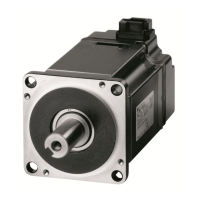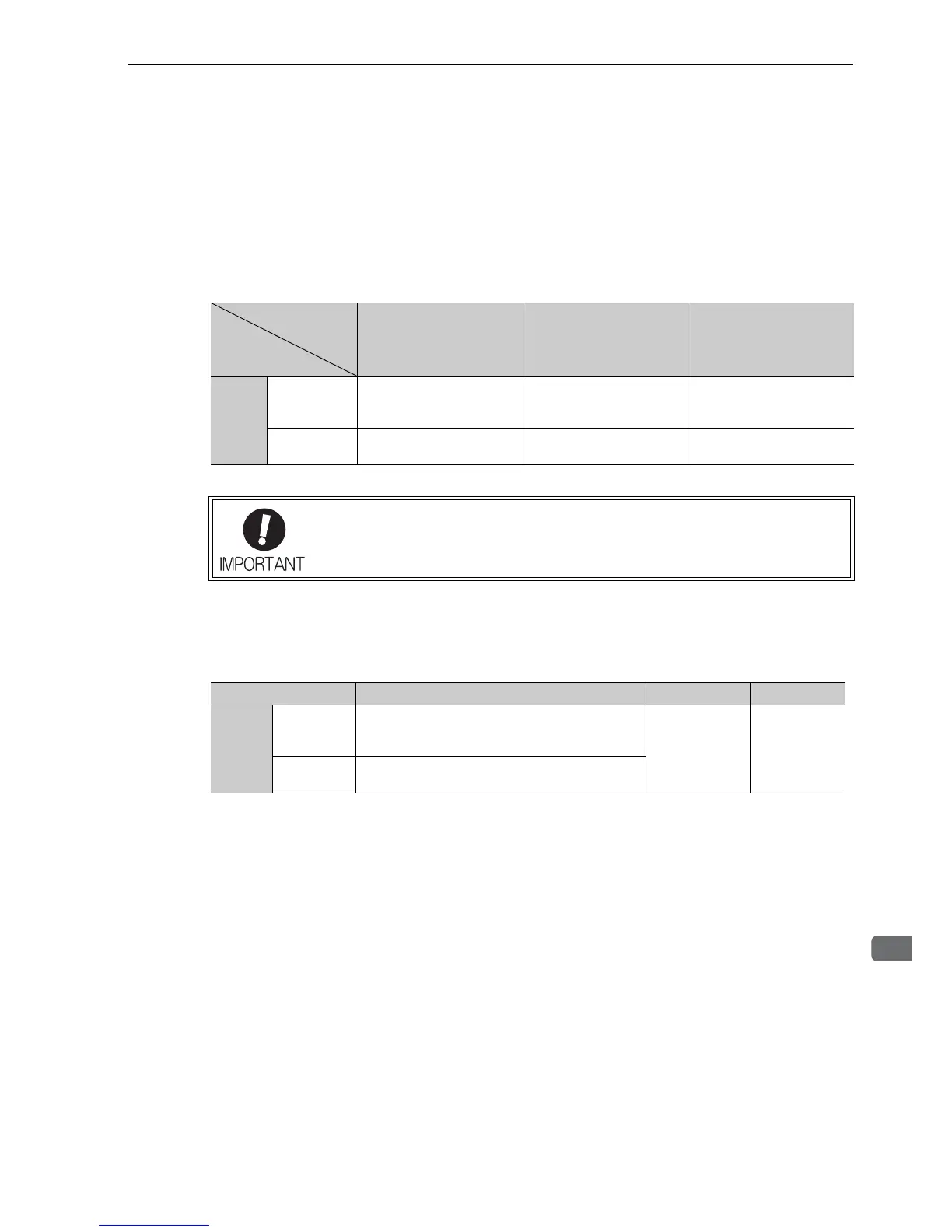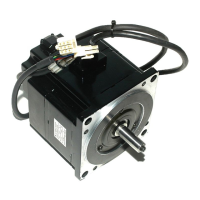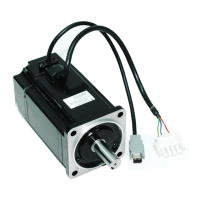Friction Compensation
This function compensates for changes in the following conditions.
• Changes in the viscous resistance of the lubricant, such as the grease, on the sliding parts of the machine
• Changes in the load resistance resulting from fluctuations in the machine assembly
• Secular changes in the load resistance
Conditions to which friction compensation is applicable depend on the mode. The friction compensation set-
ting in Pn408.3 applies when the mode is 1.
Feedforward
If Pn140 is set to the factory setting and the mode setting is changed to 2 or 3, the feedforward reference
(Pn109), speed feedforward (V-REF) input, and torque feedforward (T-REF) input will become unavailable.
The following settings are required if model following control is used together with the speed feedforward (V-
REF) input and torque feedforward (T-REF) input.
Refer to 6.9.2 Torque Feedforward and 6.9.3 Speed Feedforward for details.
Mode = 1 Mode = 2 Mode = 3
Pn408
n.0
[Factory
setting]
Adjusted without the friction
compensation function.
Adjusted with the friction
compensation function.
Adjusted with the friction
compensation function.
n.1
Adjusted with the friction
compensation function.
Adjusted with the friction
compensation function.
Adjusted with the friction
compensation function.
• Model following control is used to make optimum feedforward settings in the servo.
Therefore, model following control is not used together with either the speed feedfor-
ward (V-REF) input or torque feedforward (T-REF) input. An improper speed feedfor-
ward (V-REF) input or torque feedforward (T-REF) input may result in overshooting.
Parameter Function When Enabled Classification
Pn140
n.0
Model following control is not used together with
speed/torque feedforward input.
[Factory setting]
Immediately Tuning
n.1
Model following control is used together with speed/
torque feedforward input.

